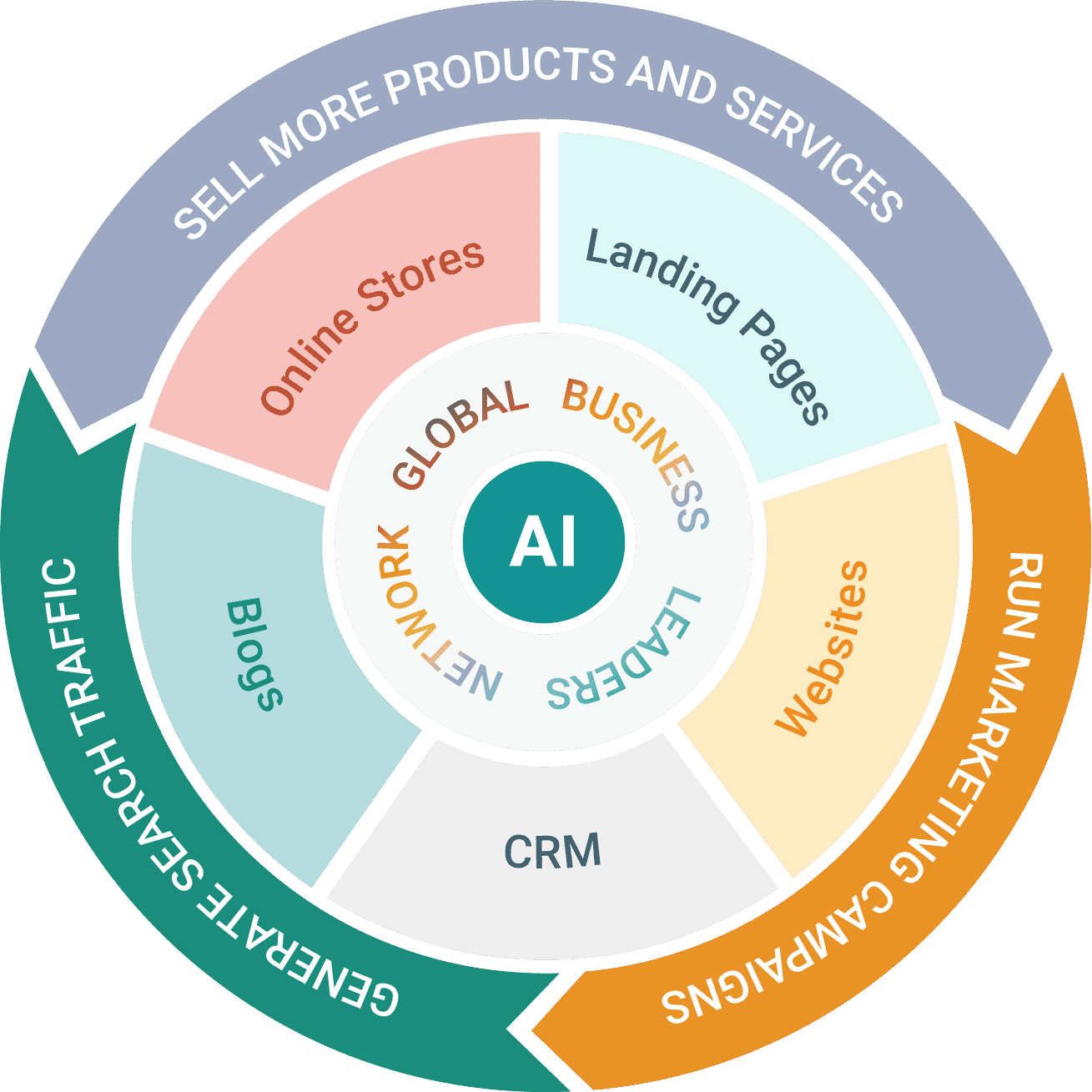
Empowering Women Will Create a Culture That Benefits All
National Institute of Standards and Technology
By Kristen Goodell
May 2, 2024
Women make up nearly half of the working population in the United States but are underrepresented in the manufacturing industry. According to Women in the Workplace, women constitute approximately one-third of the manufacturing workforce and only 24% of manufacturing C-suite positions.
Manufacturers have been aware of the employment gender gap for years, yet the dynamic remains largely unchanged. This is, in part, because organizational culture in America is often reactive rather than strategic. Companies often apply band-aids to workplace issues that arise, rather than exploring root causes.
Successful manufacturing companies became prosperous through strategic roadmaps and investment in their people. It’s not enough for manufacturers to simply hire more women and encourage them to succeed. If women have the tools they need to address workplace issues and advocate for themselves, they will have more confidence to increase their impact and remain actively engaged with their careers. Creating a better work culture for women will create a better work culture for everyone. It is an essential piece of solving the workforce gap that will, in the long run, make companies more profitable.
Increase your financial performance by empowering all employees
Companies with above-average gender and racial/ethnic diversity are eight times more likely to be in the top 10% of organizations for financial performance. For owners and leadership, this is about productivity and profit. Manufacturing leaders can increase their financial performance by empowering all employees, especially women, to accelerate their careers, improve their skills, and gain recognition in the workplace.
Employee empowerment starts in the C-suite and begins with leadership development at the managerial level. Leaders and managers must learn how to systematically approach issues that arise in the workplace, unveil root causes, engage stakeholders, and influence others through empathy. This approach will contribute to a more inclusive and supportive work environment for everyone.
The Women in Leadership program provides tools to address cultural issues
One significant challenge that both men and women encounter in manufacturing is navigating workplace issues. Men and women may have different communication styles and levels of assertiveness, which can influence how they address conflicts.
This is why our team at Catalyst Connection, part of the Pennsylvania MEP and the MEP National NetworkTM, has developed the Women in Leadership program. It is a peer-to-peer learning community for rising leaders, new leaders, and mid-level leaders, with a series of in-person group sessions and one-on-one skill reinforcement sessions.
Looking through the eyes of women provides a more holistic picture of your workplace issues. The lessons learned will improve your culture, help empower women to succeed and grow, and help you address your workforce gaps.
Dealing with microaggressions to inequities
Discussions within the Women in Leadership class frequently focus on addressing various dynamics related to co-workers, encompassing both passive and aggressive behaviors from colleagues, and strategizing effective management approaches. Moreover, participants want to hear real-world examples of how successful women have managed specific workplace scenarios.
So far, our observations in the program include:
- Microaggressions: Women often feel microaggressions in the workplace, such as:
- Limited empowerment: Not being taken seriously or given the freedom to solve issues.
- Pay inequities: Not being compensated for the amount of work you are assigned or doing a job that calls for a higher pay grade.
- Being overlooked: Not being considered or being passed over for advancement in favor of a new hire.
- Different treatment: Women are often treated differently than men, particularly in scenarios where their ideas may not always be acknowledged as valuable contributions with the same seriousness and regard for their expertise within the operation.
- Desire to increase influence: Women want to know how to increase their ability to influence others and drive the changes they seek.
- Community: Women want to engage in interactive activities and feel a sense of community when discussing conflicts at work.
Three ways to address workplace issues
We have found success in helping leaders follow a systemic approach to understanding and finding solutions to workplace challenges, including those that involve women.
1. Think systematically: Follow a structured approach
A systematic approach helps with conflict resolution and self-advocacy by providing a structured framework to analyze situations, communicate effectively, and drive positive outcomes for people and processes. You gain clarity when considering various perspectives and can effectively prioritize goals set by your company or department.
Strive to:
- Look: Examine the issue you’re trying to solve by exploring its underlying connections and potential root causes. This includes investigating events that led to the issue, identifying patterns, understanding how your organization is structured, and considering the thought processes people use.
- Understand: The emphasis here is on communication. Establishing a feedback loop – whether in formal settings like meetings or informally through conversations – helps in understanding the viewpoints and concerns of others.
- Make changes: After understanding the root cause, you identify and implement solutions. You might determine that you need to redefine the problem statement to better address the original issue.
2. Negotiate: Engage stakeholders and share perspectives
Involving internal and external stakeholders will overcome resistance to barriers, find alignment, and build stronger relationships. It is essential to:
- Build trust: Do research about the issues and actively listen to all stakeholders. Ask questions. Determine areas of common ground or mutual agreement and what the bottom line is for everyone’s needs.
- Do not sell: Collaborate with other stakeholders to set clear goals and cultivate transparency. Incorporate shared perspectives into the solution.
- Document: Record what has been agreed upon and ensure all participants are clear on the next steps.
3. Influence: Lead with a purpose while being empathetic
Once you have completed the above techniques and know the root cause or the source of the workplace conflict or issue, determine the best place and time to convey your observations and stakeholder feedback. A simple communication method for conflict resolution is STABEN – source, time, amicable, behavior, emotion, need. It’s a powerful tool to lead your initiative forward.
- Source: Identify the source of the conflict, who and what.
- Time: Determine the appropriate time and place to discuss the source of the conflict and the strategic change you seek as it pertains to improved processes.
- Amicable: Start out by saying something positive about the topic and maintain friendly discourse throughout the discussion.
- Behavior: Make sure to address the behavior in the conflict and avoid discussing any other behaviors or unrelated factors.
- Emotion: Honestly express your feelings and emotions about why this change matters to the organization’s success. Explore measurable improvements.
- Need: Begin negotiating workable solutions to help solve the conflict so that all parties involved can live with the decision and be a part of the resolution. Use a Venn diagram to map where the bottom line needs to overlap and align.
A structured approach that provides stakeholders with buy in is a more favorable experience for everyone involved. Work issues often start small and grow the longer they’re left unaddressed. Empowering employees with tools for advocacy helps reassure them that management is listening to their concerns.
Source: https://www.nist.gov/blogs/manufacturing-innovation-blog/empowering-women-will-create-culture-benefits-all




















